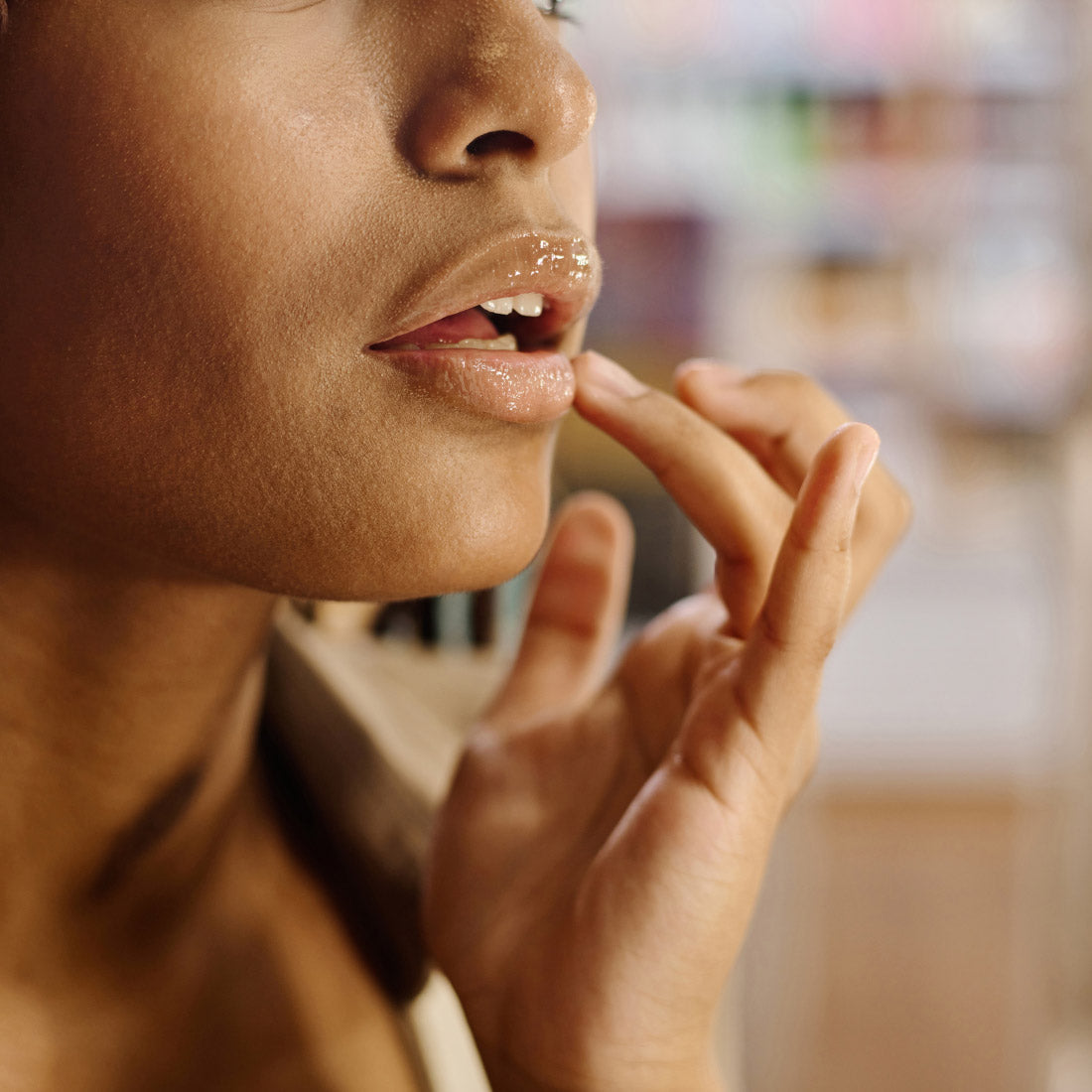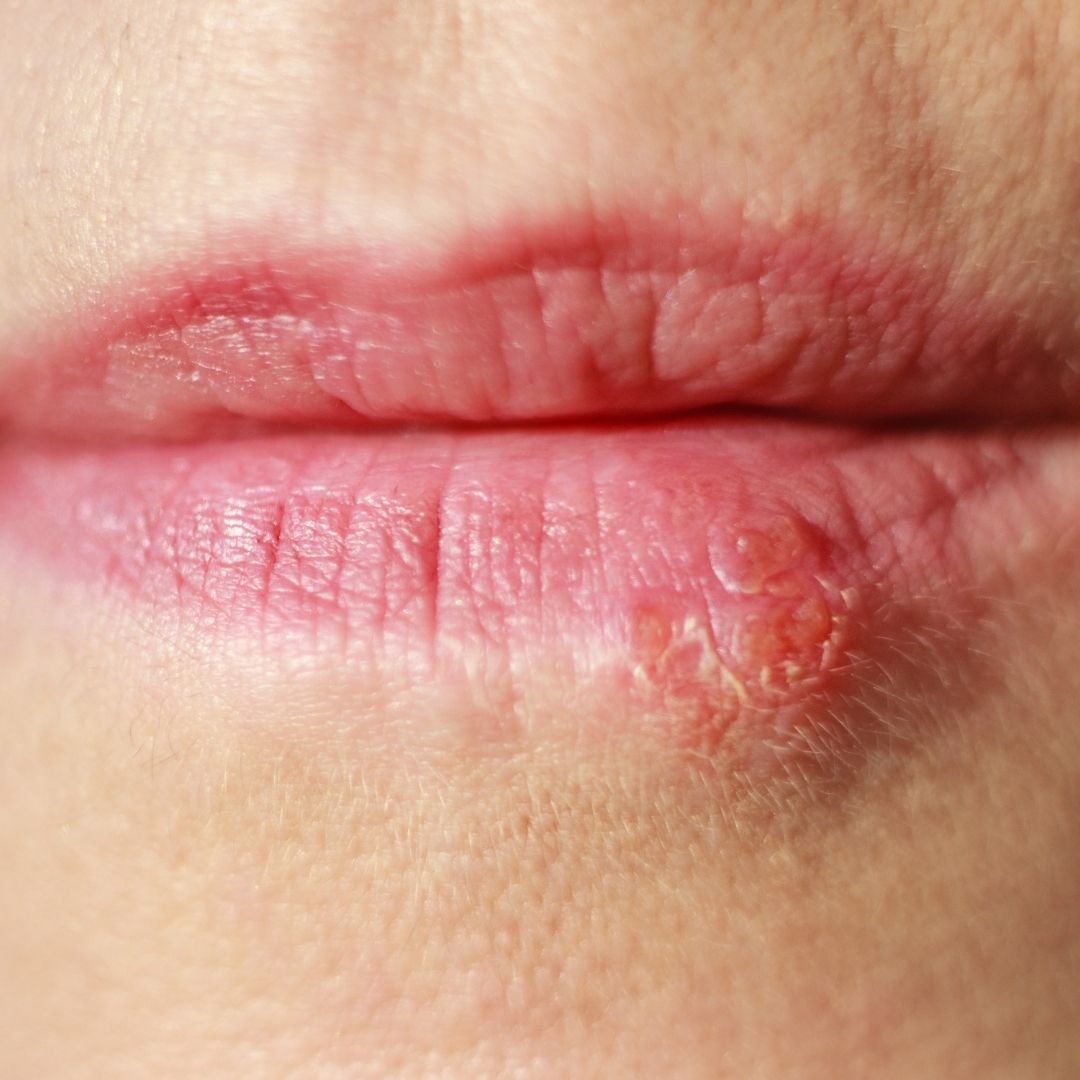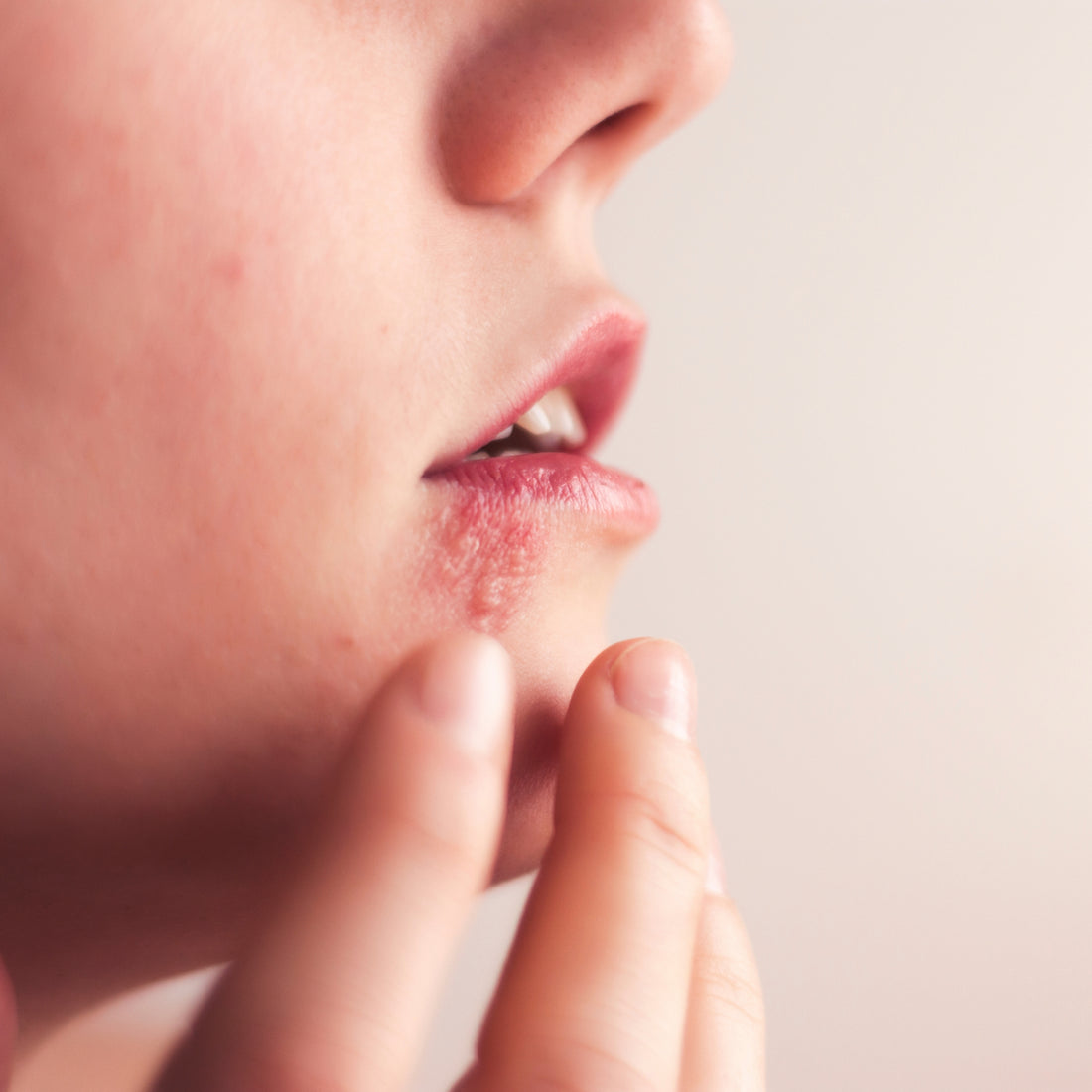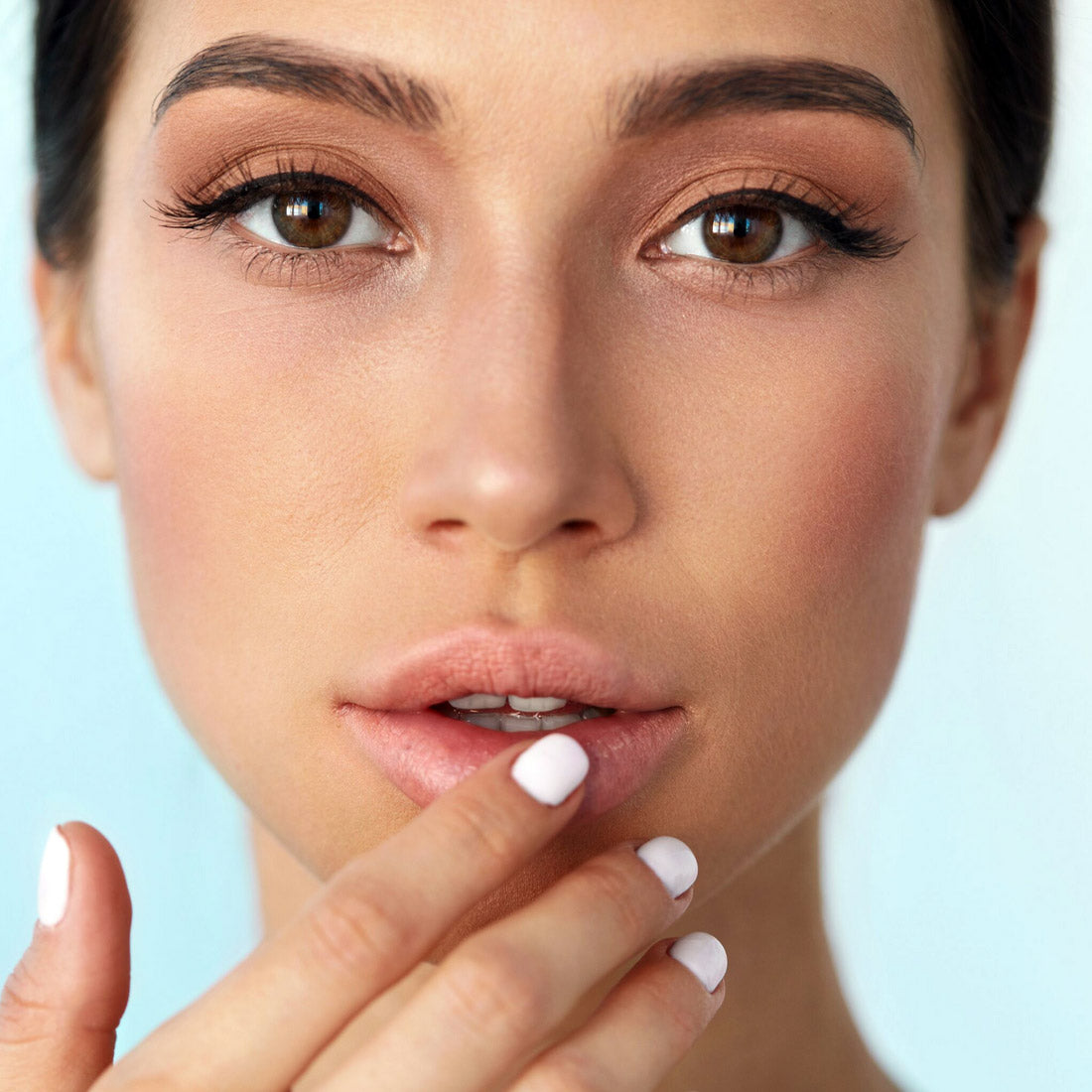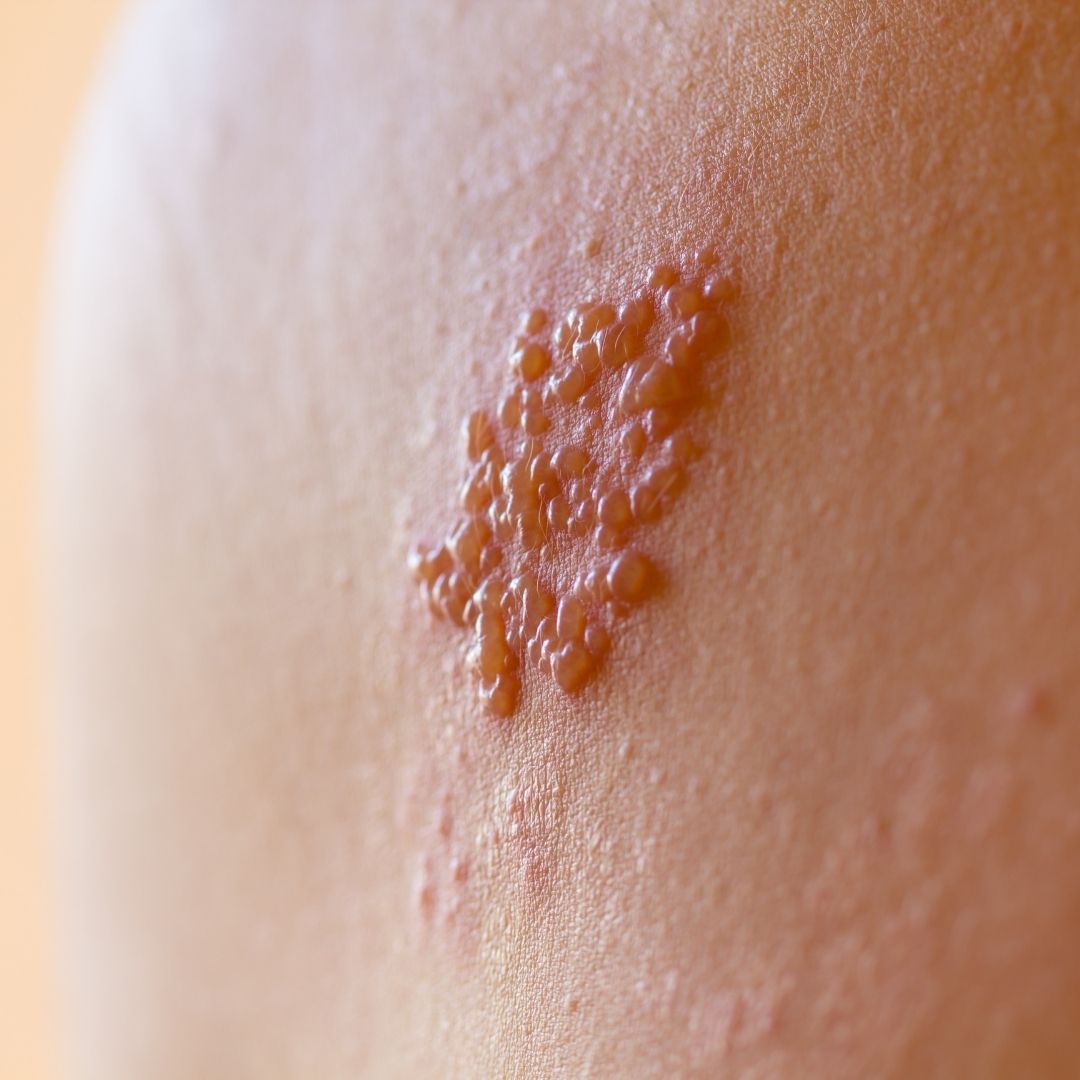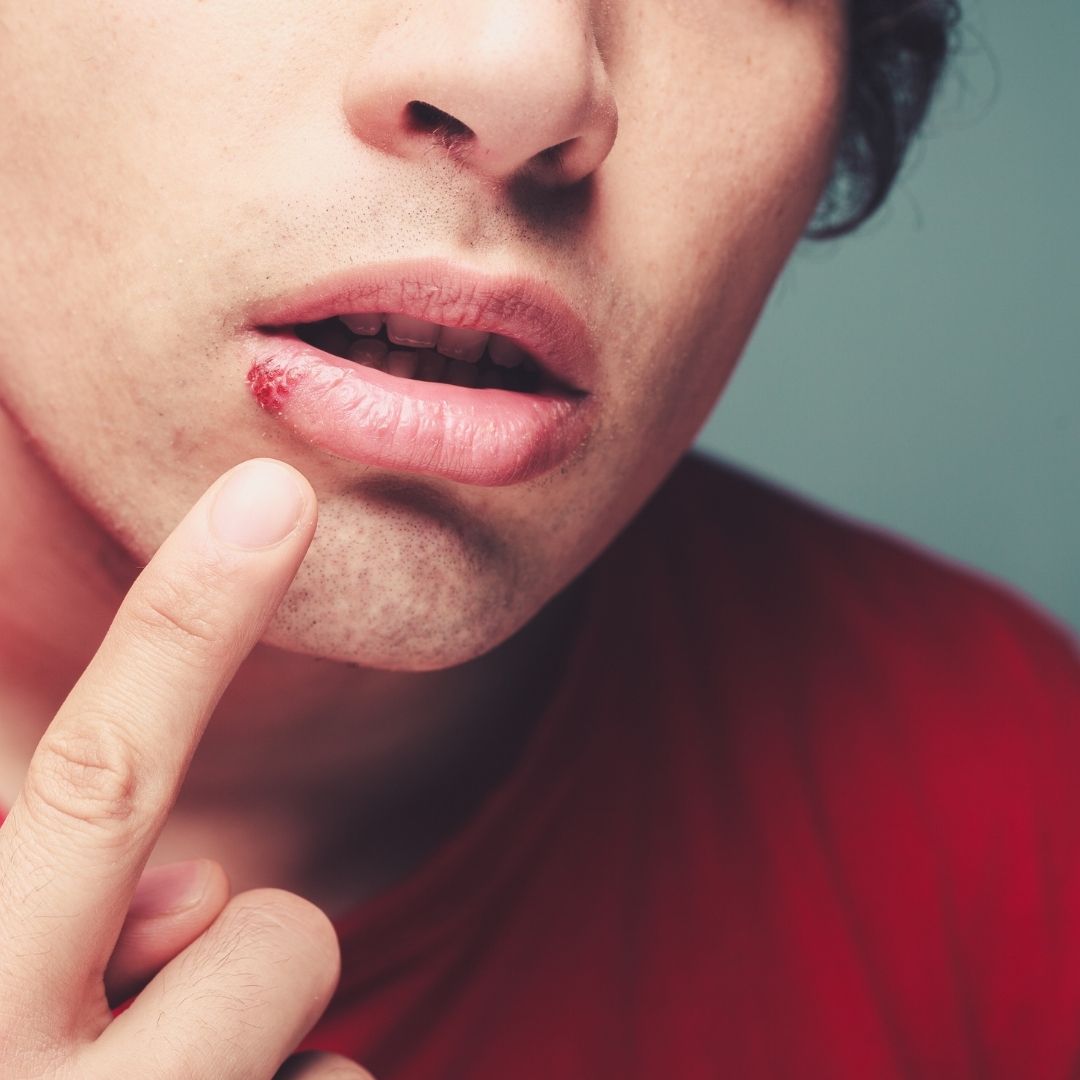Cold Sores vs. Pimples: How to Tell the Difference
Confused about whether you have a cold sore or a pimple? Learn how to tell the difference and discover natural treatments, including H-Balm Cold Sore Extra Strength and our natural Acne Pimple solution, to heal and prevent breakouts effectively
Learn moreEverything You Need to Know About Cold Sores
By Dr. Peter Klapper Ph.D. If you are one of the millions of people prone to cold sores on your mouth or lips, you probably think you know all there is to know about fever blisters, but there’s likely more to know and do to help keep these painful sores at bay. We’ve got you covered. Here are 10 fast facts about cold sore prevention and treatment.Cold sores are commonThere’s no need to feel embarrassed during a breakout. You’re not alone. As many as 80 percent of American adults are infected with oral herpes (HSV-1), the virus that causes cold sores, according to Johns Hopkins Medicine.Cold sores can be painfulThe blisters may sting and burn. Your first cold sore outbreak is usually the worst and may be accompanied by a fever because your body doesn’t have any antibodies against the virus yet. This is why cold sores are also called fever blisters. These blisters can also spread to the surrounding skin or into your mouth. They may break open when you talk, laugh, or chew and ooze fluid. Fever blisters eventually crust over and scab, and the scabs can also crack and bleed. Cold sores keep coming backMost people develop one or two cold sores per year, but as many as 10% of folks may develop more than five per year, and some never experience any symptoms. The virus lives quietly in a group of nerve cells until it becomes activated again.Cold sores sound warning bellsYou will know when a cold sore is coming. You'll likely feel a tingling or itching sensation in the area. This is known as a prodrome.Cold sores are contagious The virus is spread by skin-to-skin contact. Think kissing and sharing straws, cups, or beverages. It is most contagious when you are actively shedding. This begins with the prodrome period. You are less contagious when the lesion has scabbed over and you don't see active blistering.There is no cure for cold soresThis doesn't mean you are powerless. Many products can help limit the course of an outbreak, relieve any pain associated with the cold sore, and possibly prevent future fever blisters.Cold sores are preventableIf you are susceptible to cold sores, avoid any triggers when and where you can. Cold sore triggers coax the dormant virus out of hiding. They may include stress, sleep loss, sunlight, and trauma to the area. If you get multiple outbreaks per year, talk to your dermatologist about taking antiviral medication daily to prevent outbreaks.There are ways to reduce any painIcing the area with a cold compress or applying topical painkillers with benzocaine, lidocaine, dibucaine, or benzyl alcohol can take the sting out of your fever blisters. Over-the-counter painkillers such as ibuprofen also may help reduce cold sore pain. It’s also a good call to limit acidic foods and drinks like juice or vinegar as these can irritate the wound if your blister is open.There are ways to limit the length of your outbreakAntiviral creams such as over-the-counter Abreva (docosanol cream) or prescription acyclovir cream may shorten the duration of the outbreak if you start using them at the first sign. Oral acyclovir, valacyclovir, or famciclovir also can shorten the length of the outbreak.There are natural treatments for cold sores Our H-Balm Control Extra Strength contains homeopathic ingredients such as echinacea, thuja occidentalis, natrum muriaticum, and calendula officinalis to boost your immune system’s ability to ward off cold sores. These plants can penetrate deep into cell membranes. This is crucial as the virus resides in the nucleus of the cell. Essential oils are added to soothe and heal the skin and ease pain. For best results, dab 1-2 drops of H-Balm to an outbreak around 3 or 4 times a day during an outbreak. Your lesion will begin to dry out, often within 24-72 hours if you apply it during the prodrome period.Additional Resources:Johns Hopkins Medicine: “Oral Herpes”American Academy of Dermatology: “Herpes Simplex Overview”American Sexual Health Association: “Oral herpes”
Learn moreAll About Oral Herpes
Herpes is a common viral infection. It is estimated that over 90% of people in America have some form of herpes whether or not they experience outbreaks.
Learn moreCold Sores, Canker Sores or Fever Blisters
Our H-Balm Control Extra Strength is designed to reduce the pain, burning, itchiness and redness associated with cold sores, canker sores and fever blisters from the very first application. It also aids your body’s immune system, to prevent re-occurrences and outbreaks from appearing in the same location. If you’re already taking prescribed antiviral medications, H-Balm Control Extra Strength will work in conjunction with them, enhancing their effectiveness, rather than hindering it.
Learn moreAre Shingles Contagious?
Shingles are caused by the reemergence of the varicella-zoster virus, which causes chickenpox. After an outbreak of chickenpox, the virus retreats to the person’s nerve cells, where it lies inactive until something (cause yet unknown) triggers its release.
Learn moreWhat is the Herpes Simplex Virus (HSV)?
Herpes remains one of the most prevalent sexually transmitted diseases (STDs). However, the sexual behavioral characteristics of those infected with herpes have not been well characterized. If you have herpes, please be aware you are not alone. It is estimated that over 90% of Americans have herpes. More than 40,000 new cases of herpes are diagnosed each day in America alone that is over 15,000,000 new herpes infections per year!
Learn more

